
Here we report on the progress of the leading builders in the @ethereum L2 ecosystem, documenting recent significant releases, technical breakthroughs and general updates.
Featuring: @zksync, @Starknet, @StarkWareLtd, @Scroll_ZKP, @taikoxyz, @0xPolygon, @ZircuitL2, @KakarotZkEvm, @MantaNetwork, @reddio_com, @LineaBuild& @HelloTelos
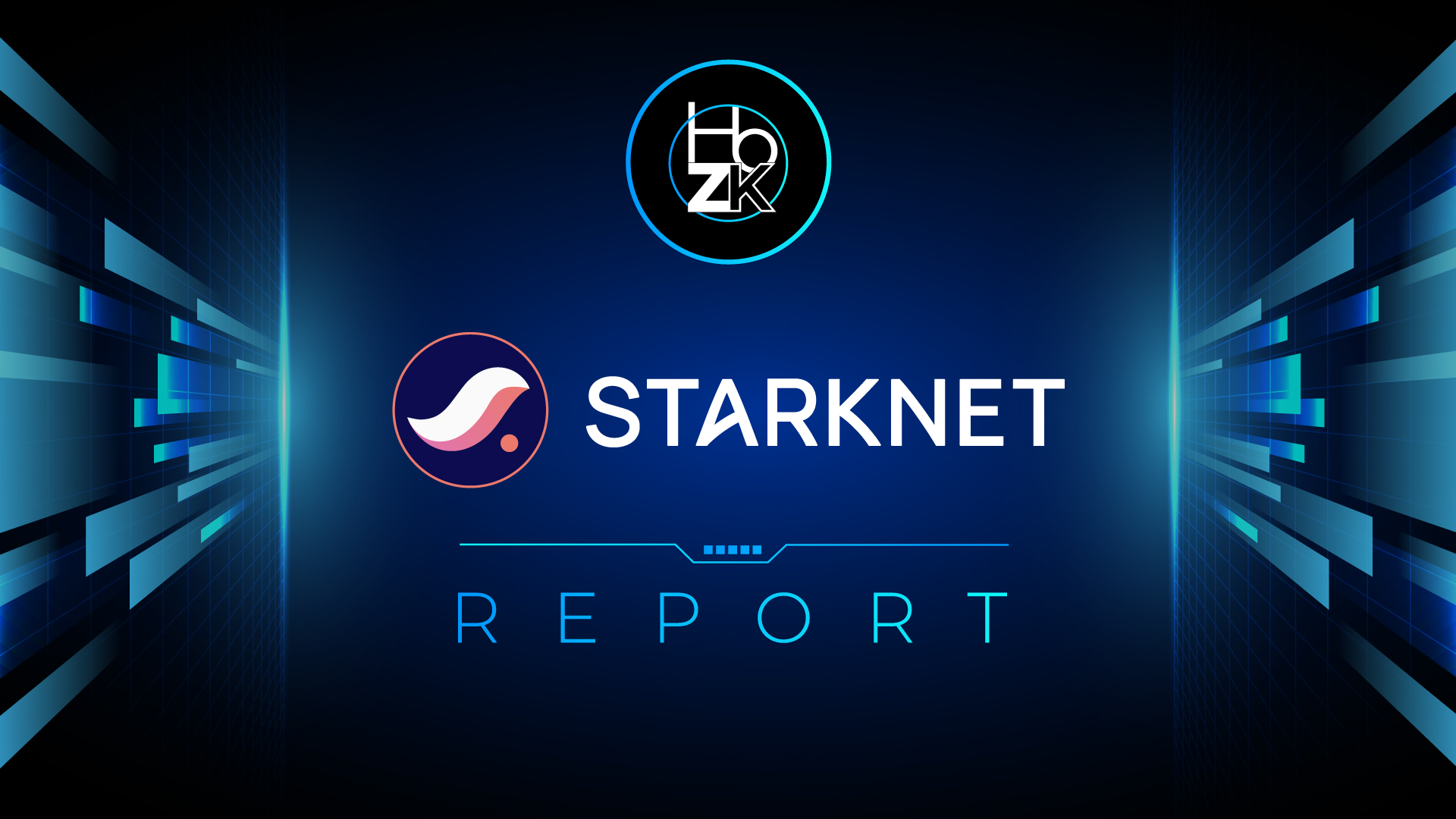
Tech
@Starknet has released v0.14.0 on testnet, enabling multiple sequencers to take turns building blocks using Tendermint consensus: https://x.com/Starknet/status/1943219645541941345
It also introduces sub-second pre-confirmations and a new fee market aligned with @ethereum’s EIP-1559. The update improves performance, adds a multiblock OS, and includes new RPC features.
Integrations
The project has integrated with @hyperlane, enabling connectivity with over 140 blockchains. This allows developers to build custom bridges, with initial applications expected to launch in the next few weeks: https://x.com/Starknet/status/1943600158450569605
Delegation Program
The @StarknetFndn has launched its first staking delegation program to support validators who boost decentralization, security, and uptime across the network: https://x.com/StarknetFndn/status/1945136920725475524
Selected participants will receive STRK tokens, matched 1:1 with their own stake, up to 5 million STRK. Applications are open now, with decisions announced by August 31, 2025.

@StarkWareLtd and @KakarotZkEvm are going full GRINTA, developing a ZKP system designed to run on everyday devices: https://starkware.co/blog/kakarot-x-s-two-bringing-zk-to-everyday-devices/
Leveraging the efficient M31 field and a mobile-first stack called CairoM, they aim to shift proof generation from external cloud infrastructure to smartphones and laptops.
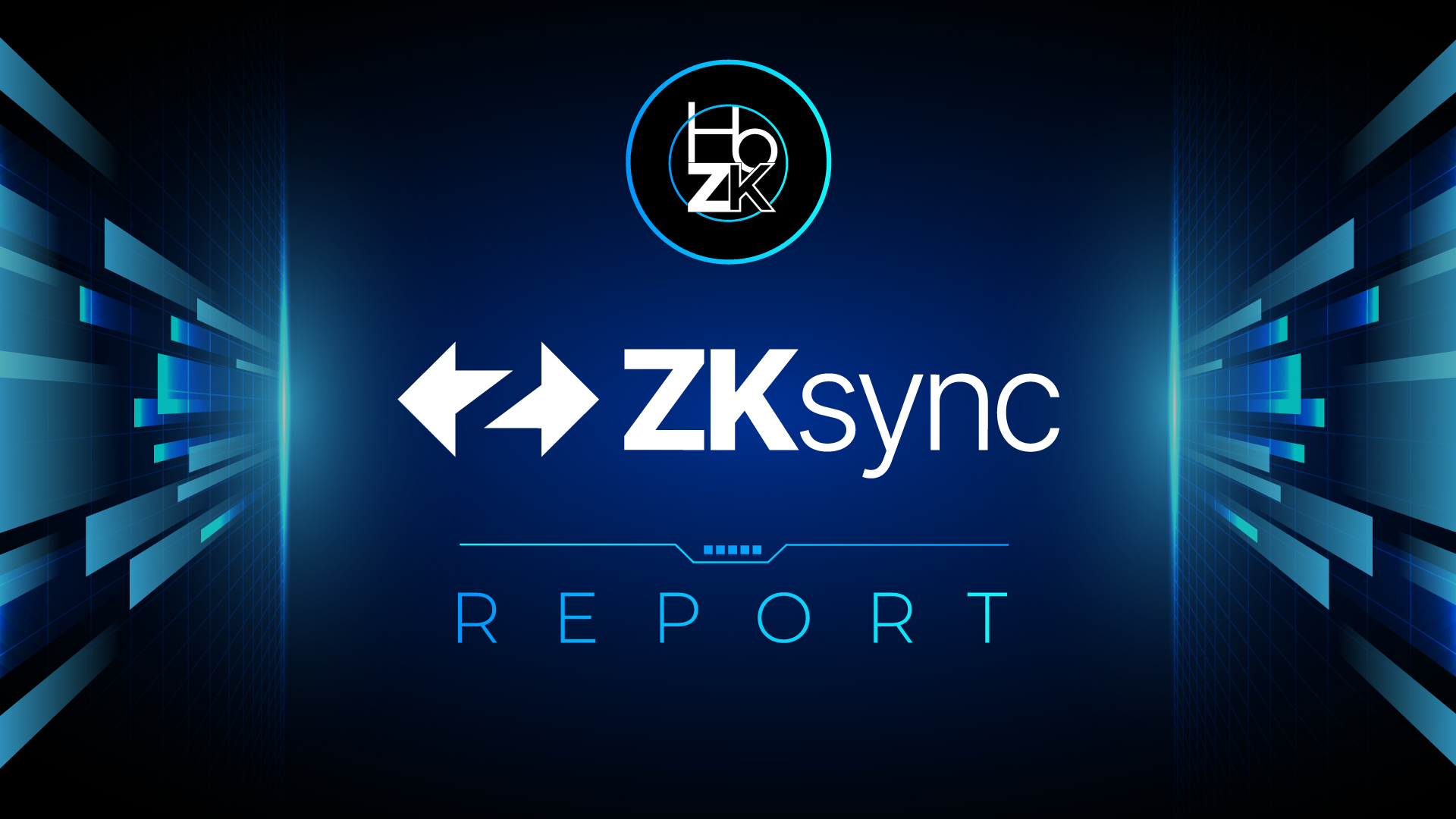
@zksync has introduced @solx_compiler, a new compiler that eliminates Solidity’s persistent “stack too deep” error without changing contract behavior: https://zksync.mirror.xyz/Kj2ENEQP7-kEMX4bVA7OxdXUn3Xog8sIrXf42MJJ3bM
Unlike solc’s --via-ir workaround, solx uses LLVM to intelligently spill only necessary values, reducing memory use and compile-time complexity. It avoids recursion and unsafe inline assembly, favoring safety and performance. In testing, solx compiled real-world contracts more efficiently than solc with fewer workarounds.
The project has taken a major step forward in decentralizing its proof generation, as @fermah_xyz successfully generated a block for ZKsync Era on its testnet.
This achievement shows Fermah’s ability to handle complex ZK workflows. It boosts ZKsync’s resilience, cuts proving costs, and enhances scalability by enabling a dynamic, competitive market for ZKP generation: https://x.com/fermah_xyz/status/1942630383016927281
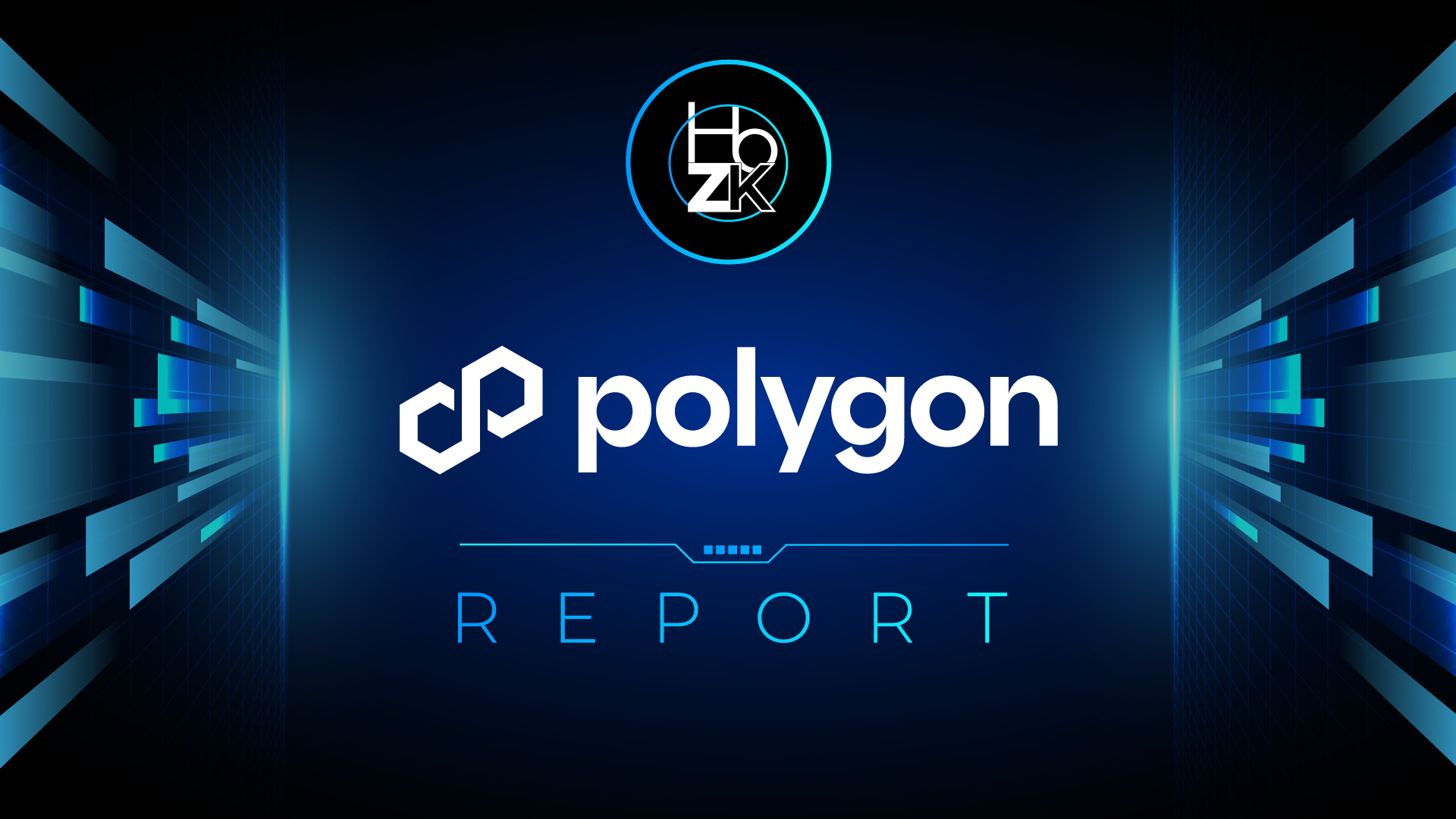
@0xPolygon has launched the Bhilai Hardfork, boosting network throughput by 50% to over 1000 TPS: https://polygon.technology/blog/first-milestone-to-gigagas-1000-tps-with-bhilai-hardfork
The upgrade raises the block gas limit and improves fee stability, while enabling account abstraction via @ethereum’s EIP-7702. It supports faster, smoother transactions with gasless options and better user onboarding. This milestone sets the stage for further upgrades, including ~5s finality and 5000 TPS by Q3 2025.
The project also upgraded its consensus layer with Heimdall v2, cutting transaction finality time from 1-2 minutes to about 5 seconds: https://polygon.technology/blog/polygon-5-second-fast-finality-upgrade
This significantly improves user experience for payments and tokenized assets (RWAs), reduces reorg risks, and enables faster confirmations on exchanges.
The upgrade follows the Bhilai hardfork, which boosted throughput to 1000 TPS. Combined, these improvements make Polygon a leading platform for fast, secure, low-cost financial applications, with plans for even greater speed and interoperability ahead.
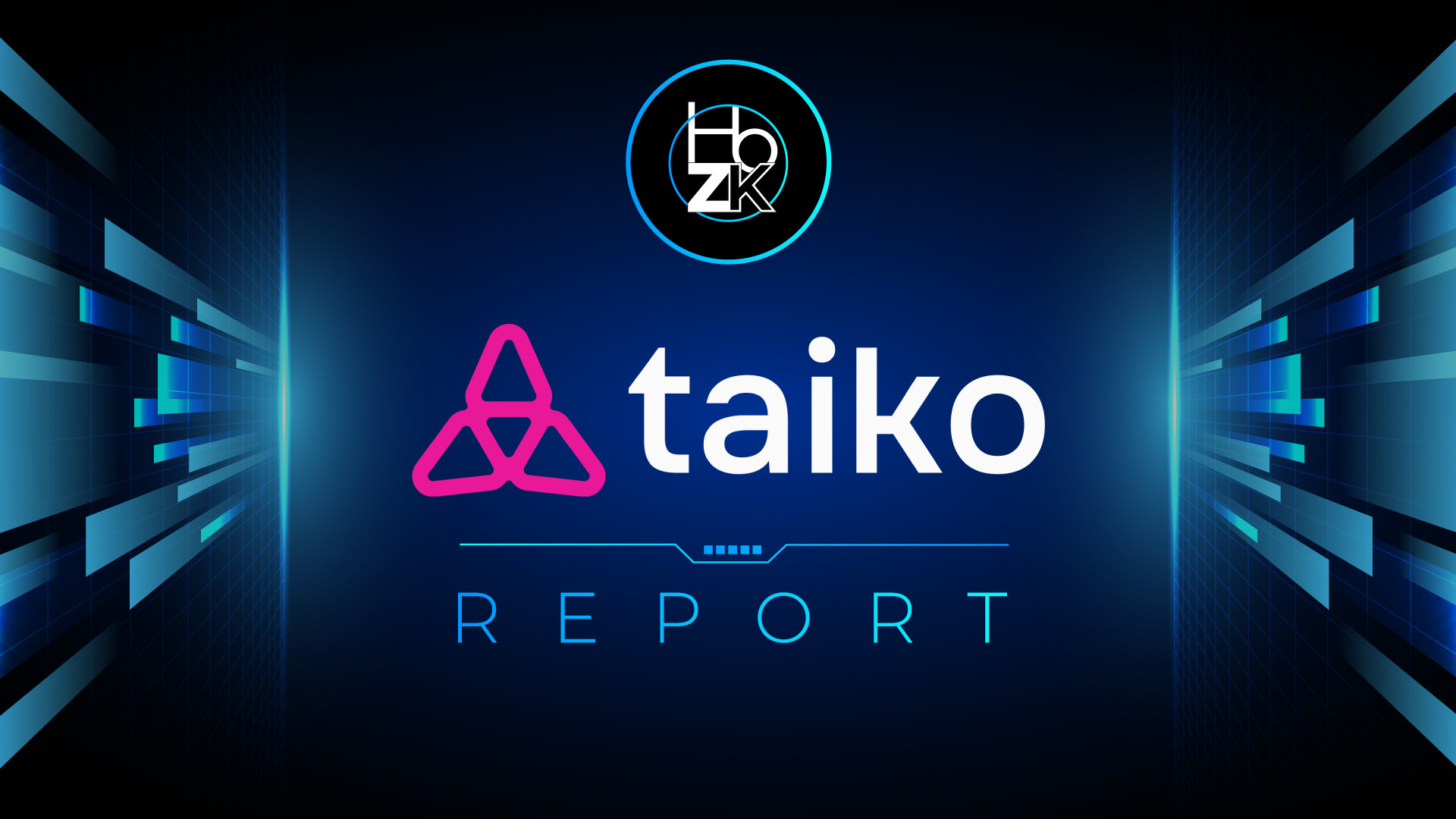
Tech
@taikoxyz is introducing preconfirmations on mainnet through a whitelist-based rollout, starting with trusted partners like @NethermindEth, @chainbound_ and @gattacahq: https://x.com/taikoxyz/status/1945725178878763393
This phased approach ensures stability while enabling near-instant transaction confirmations (~2 seconds). Users will experience faster, smoother interactions - ideal for real-time apps and trading platforms - without needing to change anything. Wider access to run preconfirmers will follow after stability is confirmed.
Partnerships
In addition, the project has partnered with Nethermind to develop a decentralized, production-ready based rollup stack for @ethereum L2: https://taiko.mirror.xyz/OBTVkmNNyRC3_wHDZ7nr2eZJop1D-VKN5i5Ccn59Nyk
Their joint work includes trust-minimized sequencing via EIP-7917, ZK gas metering, fee mechanisms, and permissionless preconfirmation tools. The collaboration focuses on turning research into robust, mainnet-ready systems without sacrificing decentralization or open standards.
Events
Taiko hosted the second Based Rollup Summit in Cannes during @EthCC 2025, bringing together Ethereum leaders and developers: https://taiko.mirror.xyz/26-oMGSt5gp0jMgUBR802_EkhVmV1QFDVWYC8In1oPU
Key topics included the ubiquity of preconfirmations, prioritizing user utility over competition in ZK tech, and the introduction of booster rollups.
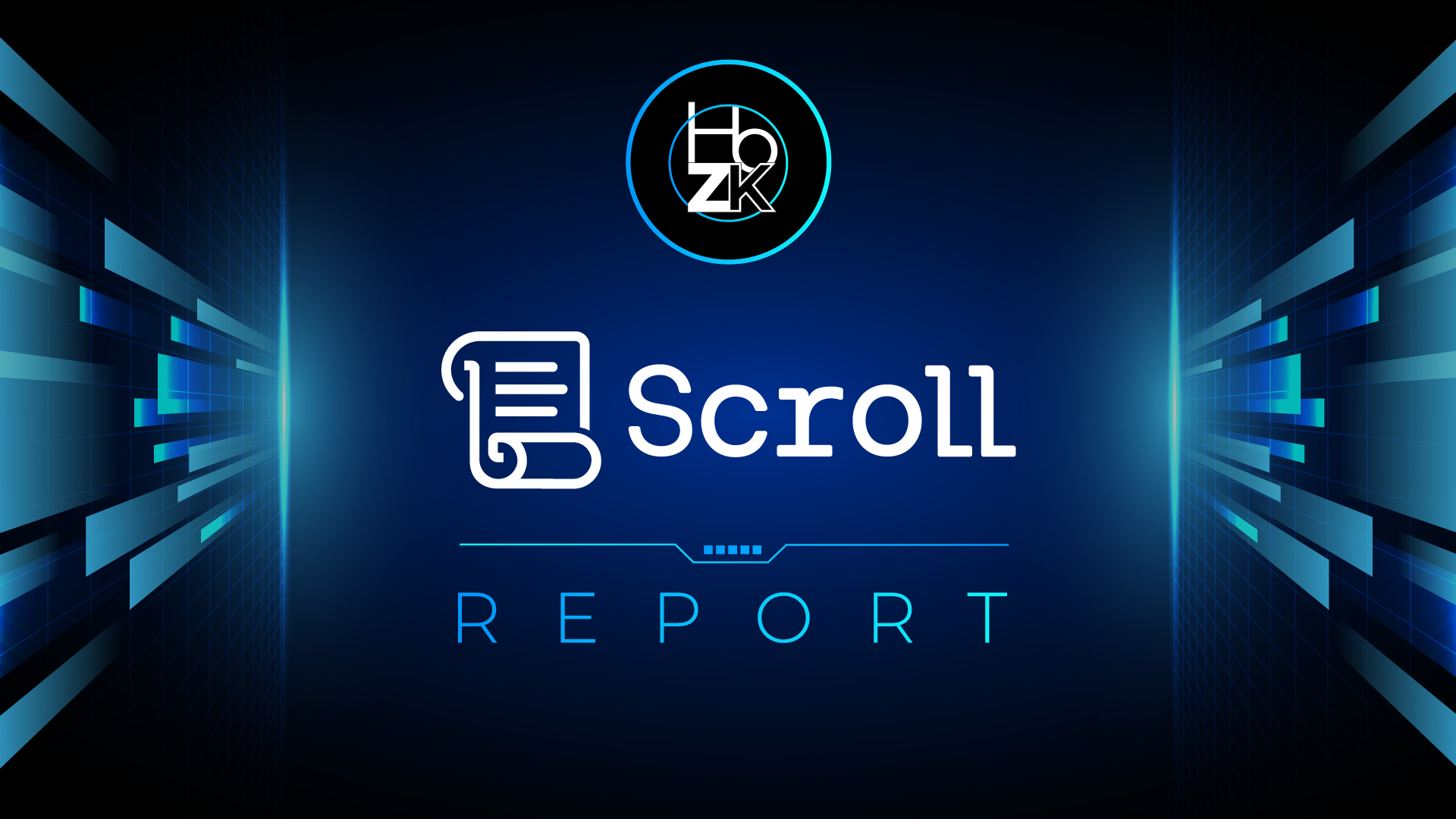
@Scroll_ZKP published an article highlighting how @ether_fi’s crypto-native credit card, built on the Scroll network, recorded $3 million in spending during May 2025: https://scroll.io/blog/security-for-crypto-credit-cards
The card uses onchain infrastructure for real-time visibility, instant settlement, and reduced fees - costing as little as $0.01 per $1,000 spent. Unlike centralized exchange cards, http://ether.fi offers a secure, self-custodial wallet per user. Scroll’s zkRollup architecture ensures low latency, tamper-proof transactions, and user fund safety even during network disruptions.
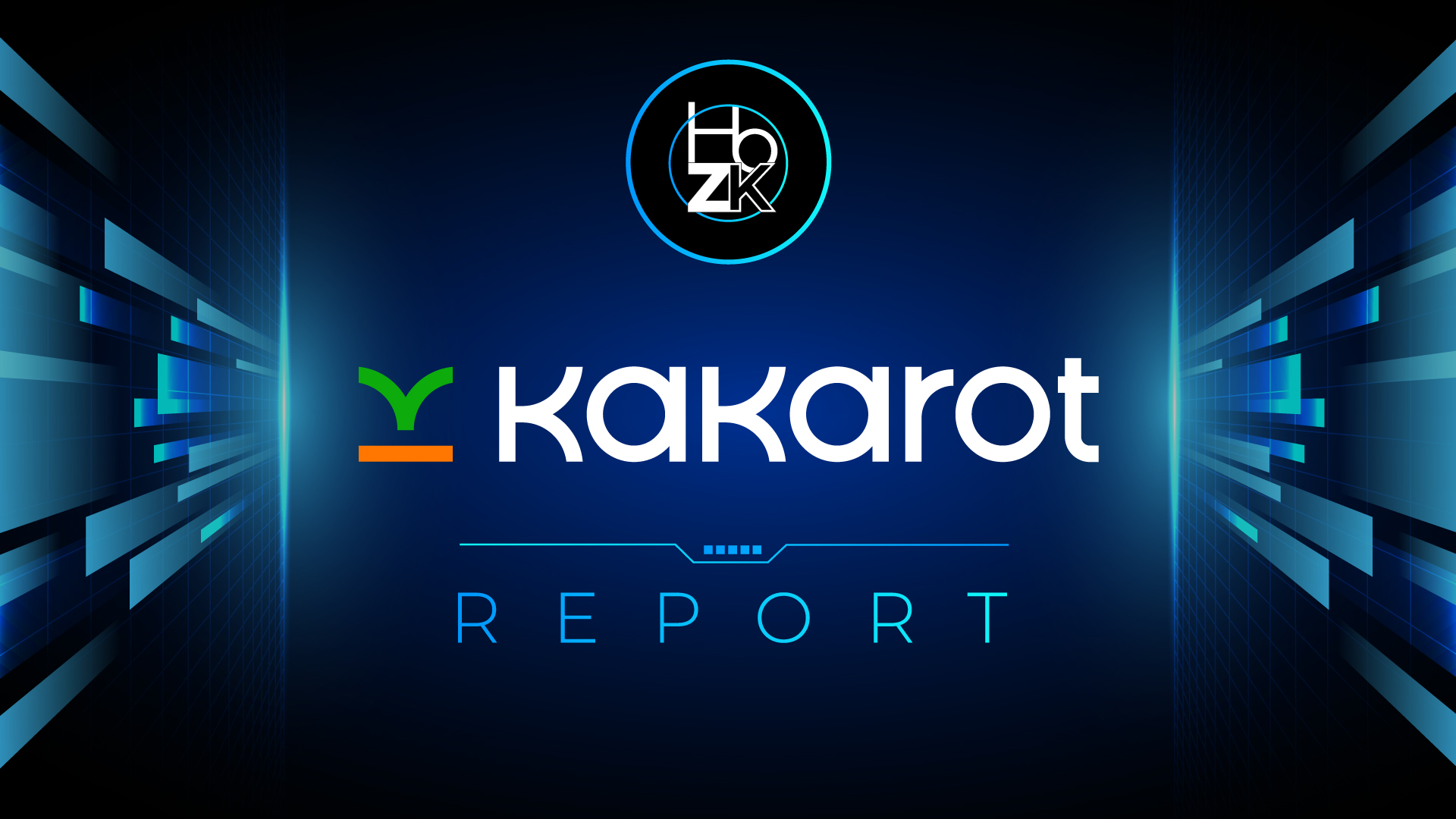
@KakarotZkEvm, working with @StarkWareLtd, has introduced a system for generating ZKPs directly on mobile devices using a new stack called CairoM and the S-two proving engine: https://x.com/KakarotZkEvm/status/1941082057171435640
This approach enables tasks like age verification or handling health data to be done locally, without sending sensitive information to external servers. The goal is to increase privacy, reduce hardware requirements, and support wider decentralization.
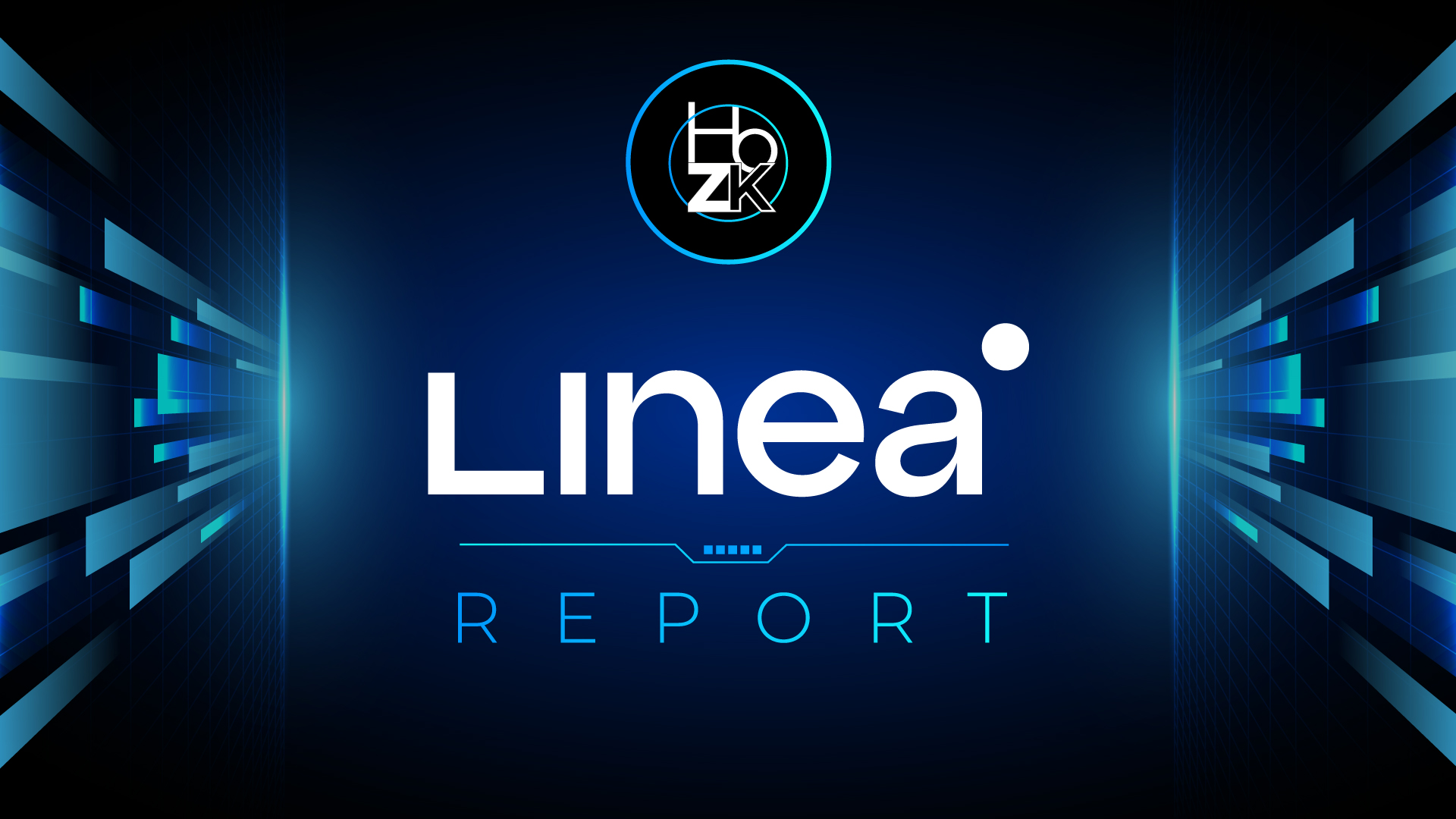
@LineaBuild has partnered with @boundless_xyz to support The Signal, an open-source ZK consensus client for @ethereum: https://x.com/LineaBuild/status/1946247835181039825
The collaboration aims to give developers trustless access to Ethereum’s state, enabling cross-rollup interactions, global onchain identity, and seamless L2 payments. This step advances Linea’s mission to scale Ethereum without disrupting the developer workflow or user experience.
The project is also developing a new decentralized exchange along with @Consensys and @NileExchange, @etherexbuild, aimed at boosting liquidity on both Linea and Ethereum.
As ZK-rollups gain traction and more treasury companies go onchain, Linea positions itself as a key Ethereum-aligned L2: https://x.com/LineaBuild/status/1945612653206147449
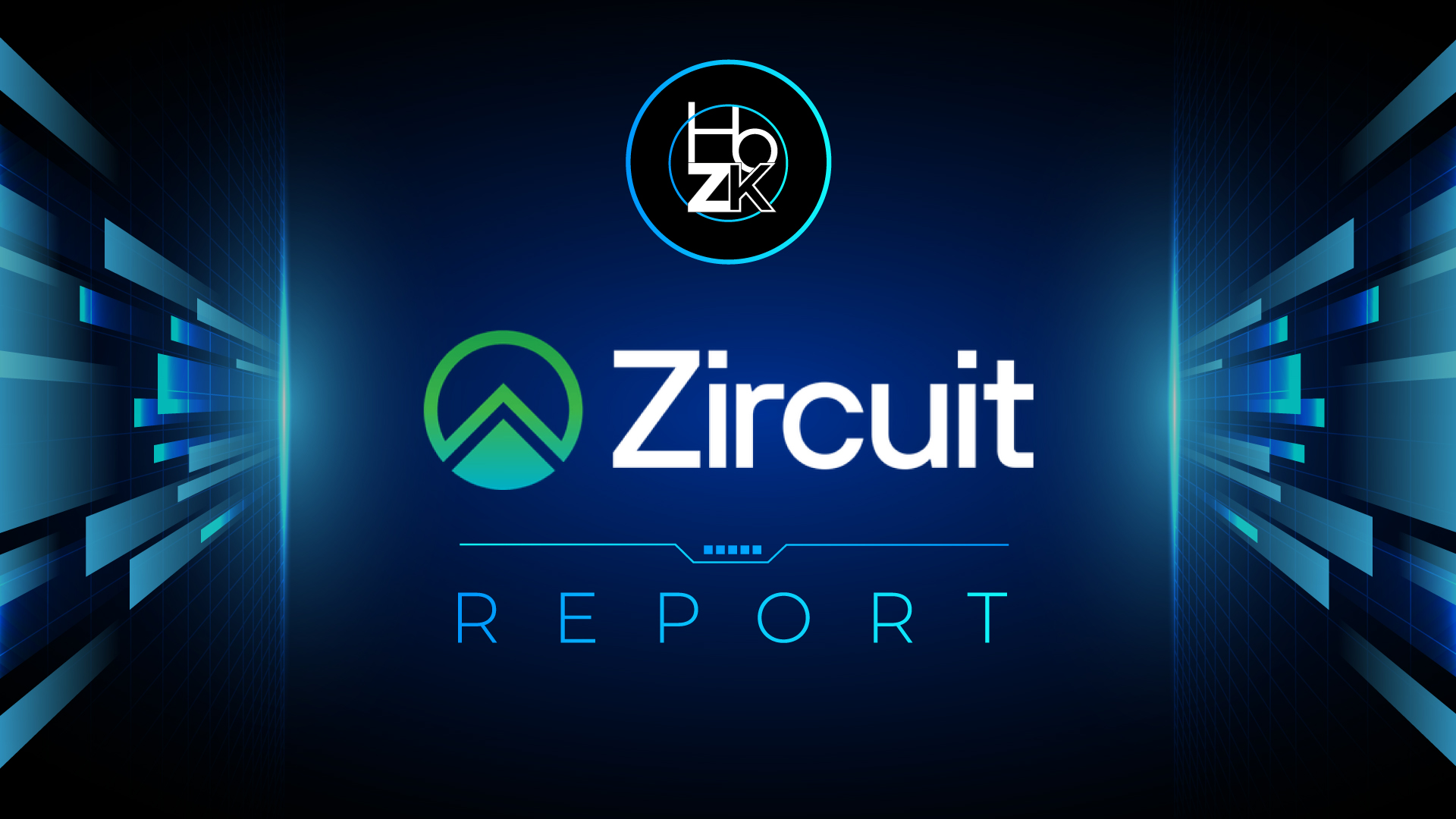
@ZircuitL2 participated in @ETHGlobal Cannes 2025, held July 4-6, and awarded prizes across three categories: https://zircuit.com/blog/zircuit-at-ethglobal-cannes-2025-winners-and-project-spotlight
Highlights:
Best on Zircuit: PrivyCycle, a secure, AI-powered period tracker using encrypted data on Zircuit.
Best Use of EIP-7702: BeamPay, which added metadata to ERC-20 transfers for better on-chain clarity.
Best App Ideas: PhishStake (AI phishing detection), ShowUp (attendance staking app), and Zircuit Prolog Preex (zkVM research concept).

@MantaNetwork has integrated the @wellowealth PayFi protocol, enabling fiat payments within its ecosystem: https://mantanetwork.medium.com/manta-integrates-wello-payfi-protocol-superfortune-set-to-launch-first-implementation-1f2f7d370f31
The first implementation will launch through SUPERFORTUNE, a crypto analysis app blending AI and Chinese metaphysics. Users can now purchase digital assets like Fortune Charms and $QIAN using fiat.
Wello supports 100+ countries and offers various global payment methods through self-custody wallets.

@reddio_com has optimized its EVM to support native interaction between smart contracts and large language models (LLMs) using a sidecar architecture: https://x.com/reddio_com/status/1943616643281956901
This removes the need for off-chain integration tools, simplifying AI workflows and enabling on-chain AI use cases like intelligent agents and reactive contracts. Developers can now build smarter decentralized applications more easily and efficiently.